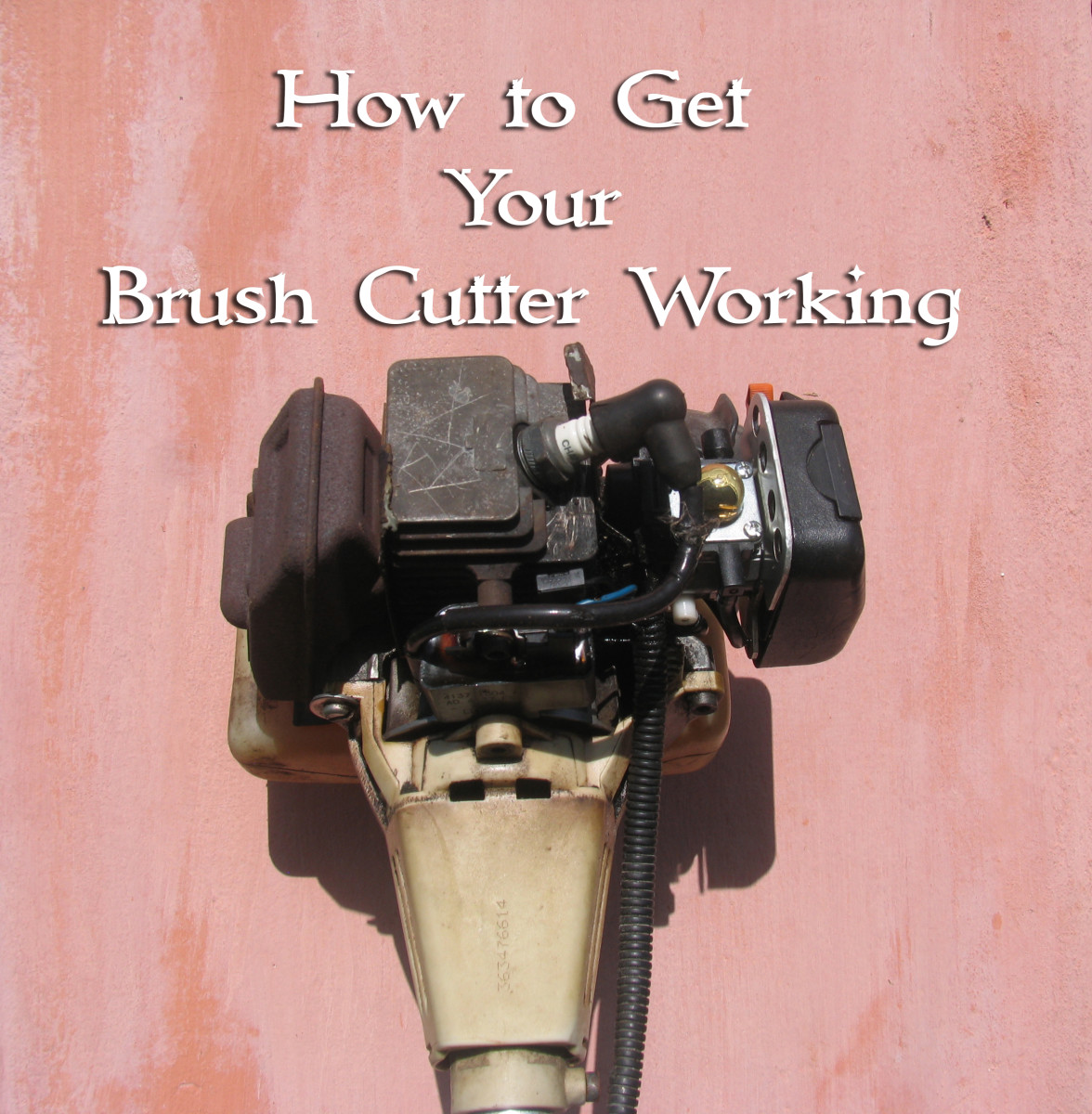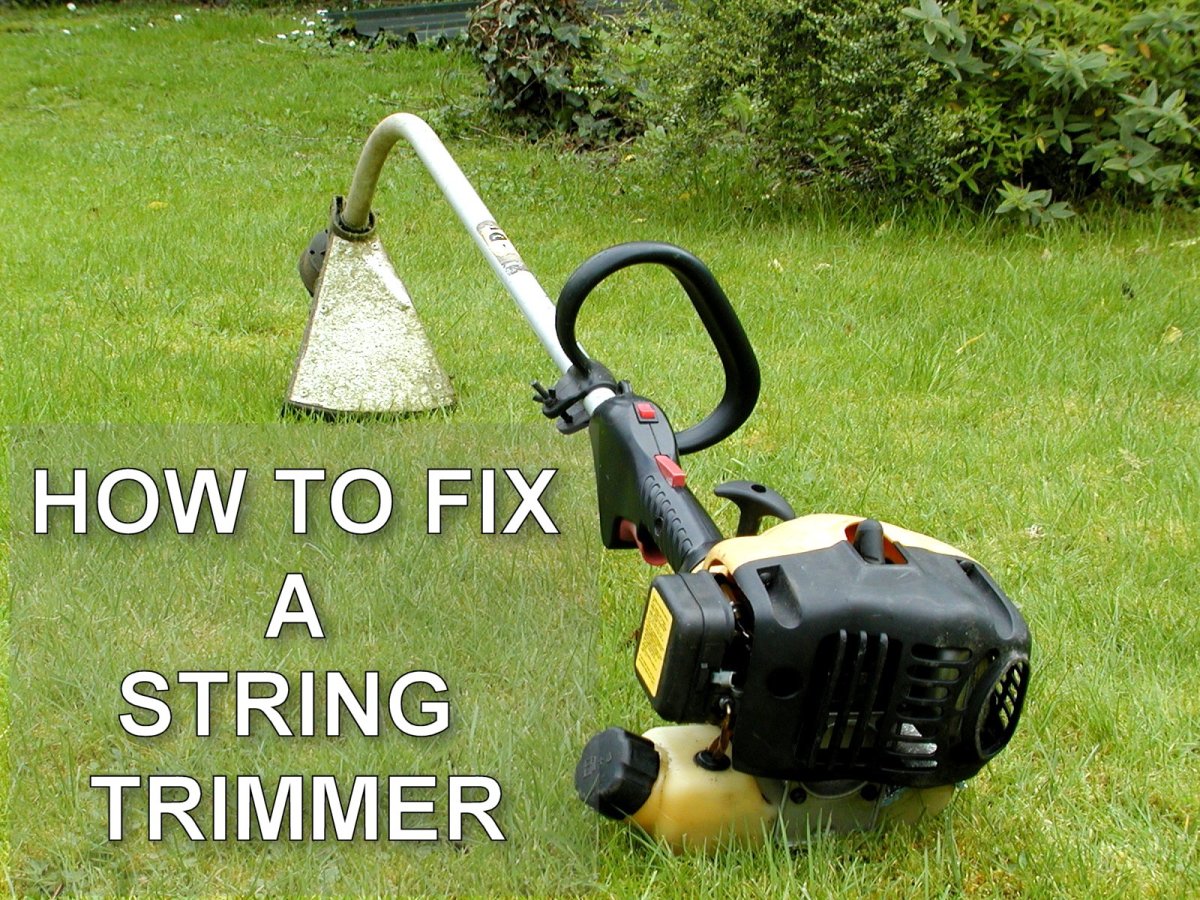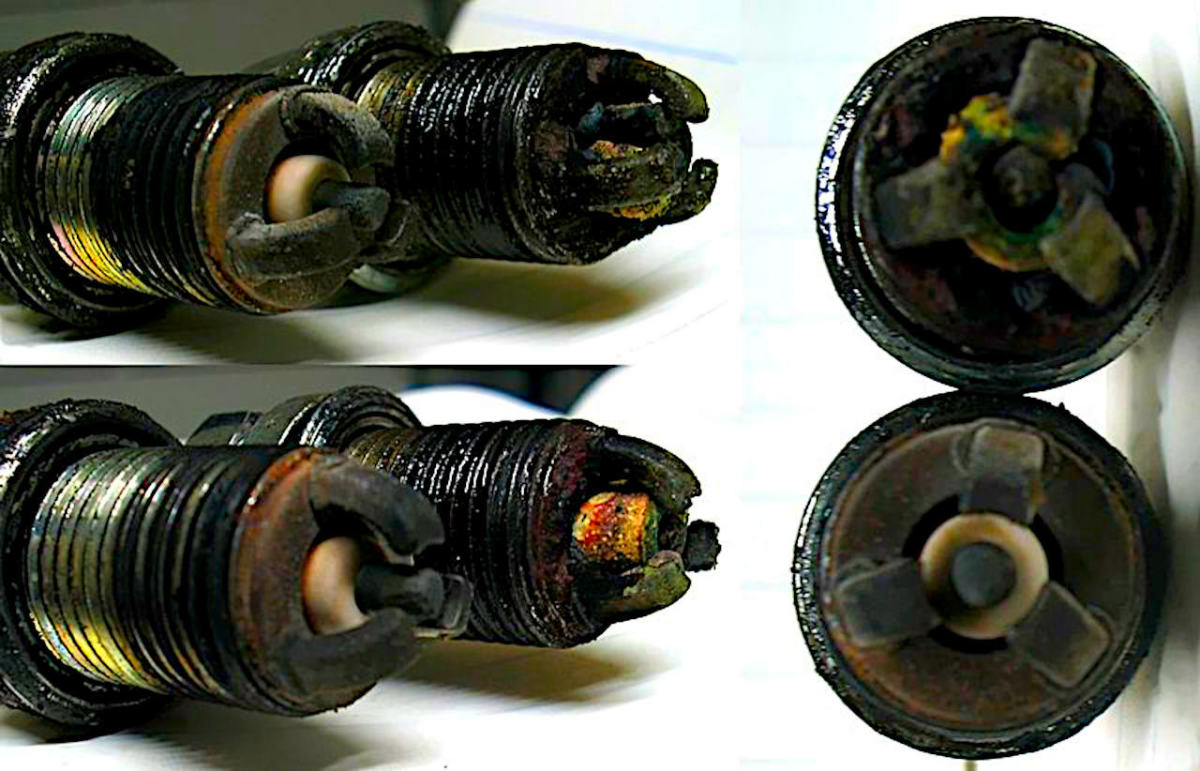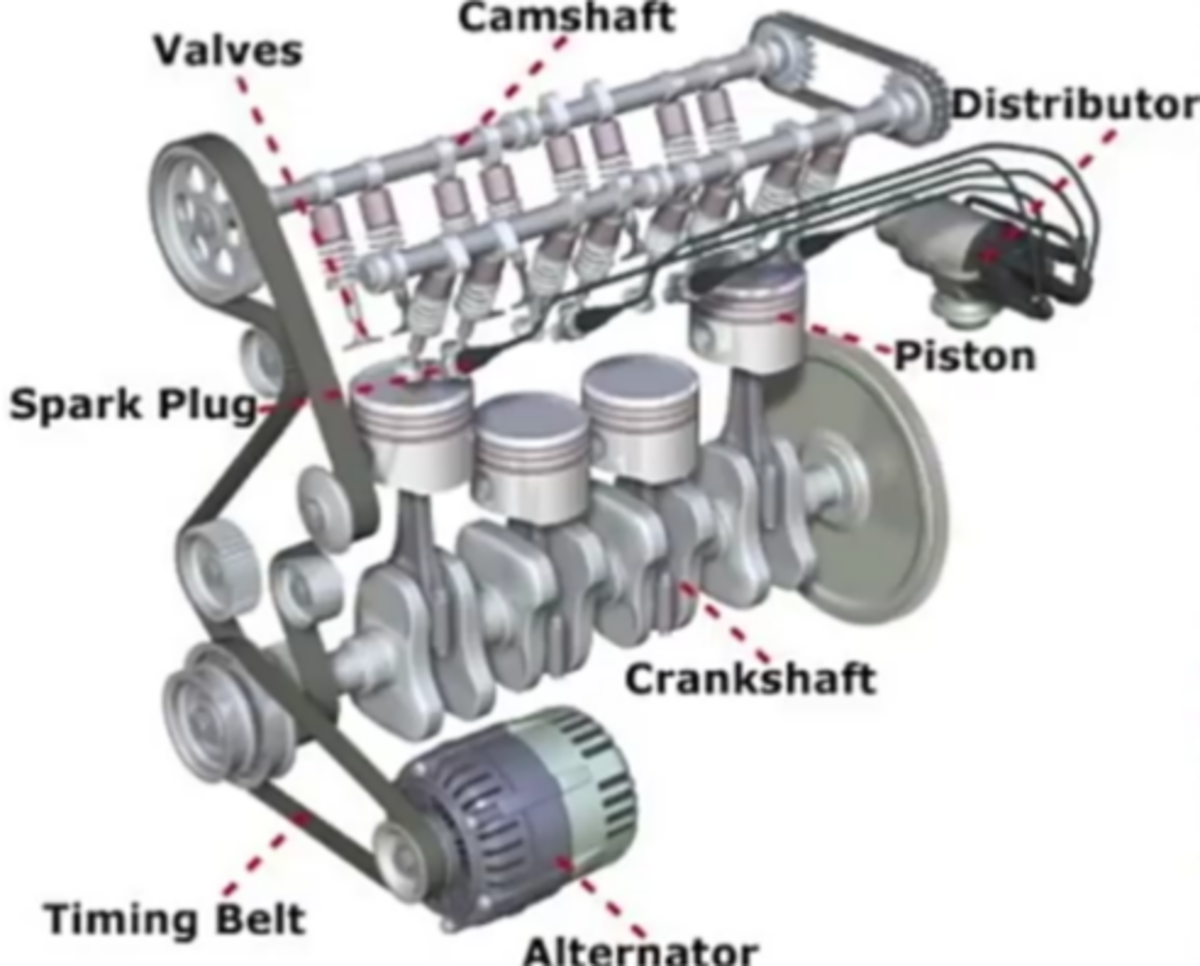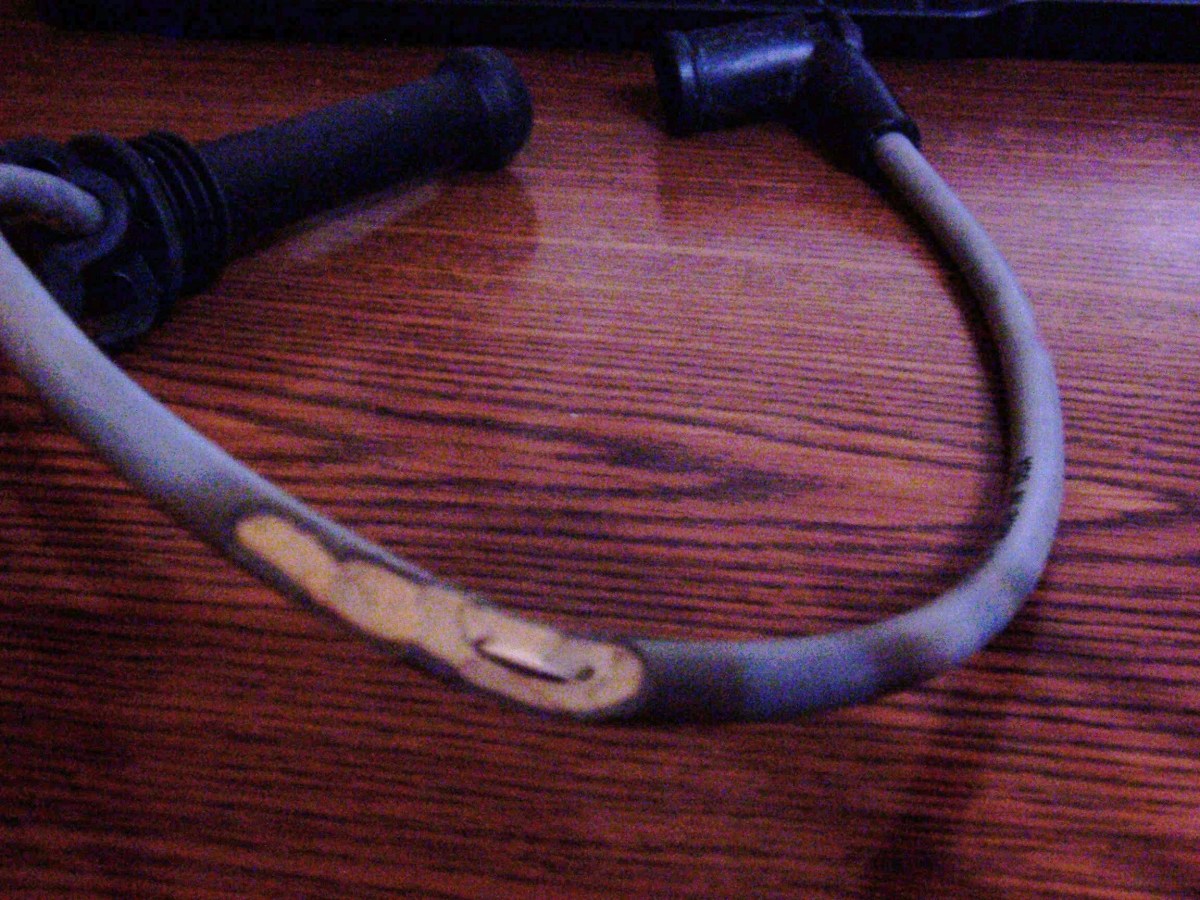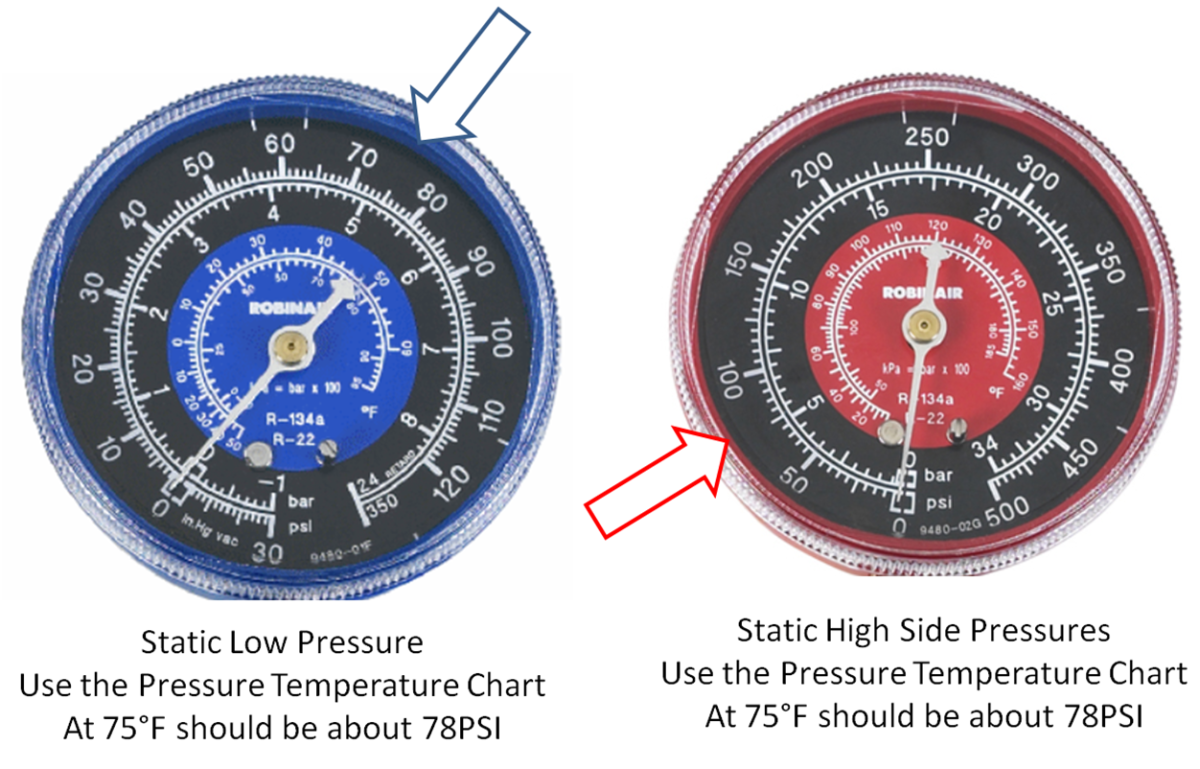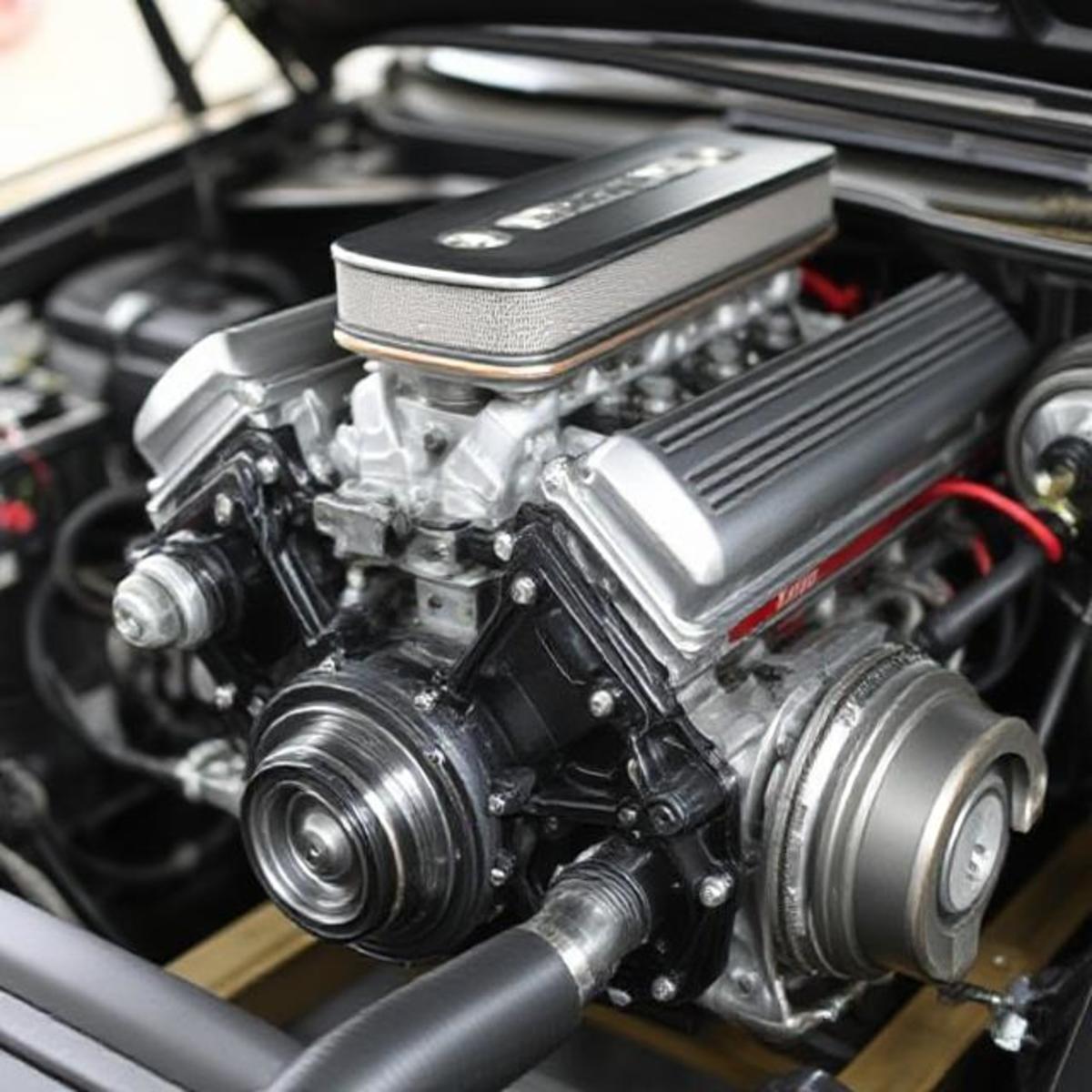No Start Diagnostics on a Small Engine
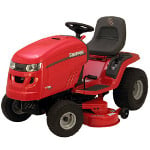
If you have ever went to start your riding lawn mower or other small engine, only to have it not start, then you know the feeling can be very frustrating.
Fortunately, diagnosing no start problems is much easier and simpler on lawn mowers than it is on cars. It can also be an excellent learning experience that helps you better understand how engines work, which is something that can be applied to working on cars.
This article provides the preliminary steps that should be preformed on a small engine for no start diagnostics. The Briggs and Stratton Small Engine is most common, although the procedures described can be used on most types of engines.
Get a Copy of the Manaul
One of the first things you should do is download the manual for your lawn mower, which should have a diagram of the engine. Look up the serial number of the lawn mower and visit the manufactures website to download the manaul. Most have a support section. If it is a Briggs and Stratton Engine, you can find the serial number of the engine and look it up on their site as well.
By consulting the engines diagram, you can see where each of the componets, such as the carburator, are located.
Considering the History of the Engine
Before we begin, it is important to note that having a knowledge of the small engines history is very important for diagnostics.
For example, if the lawn mower was working fine before it hit a stump and then would does not start, it is a good bet that hitting the stump caused the problem.
While the history of the engine is important and can help with troubleshooting, the steps below can and should be preformed first, even if a much bigger problem is suspected.
Safety Concerns
Before starting, remove the spark plug wire and position it away from the spark plug. You can also remove the spark plug. This prevents the engine from starting while you are preforming any of the tests, which could be dangerous.
As with any type of machine, make sure to be careful of moving parts, not wear loose clothes that could be caught in the engine, and tie up your hair.
For riding lawnmowers, ensure that the blades of a riding lawn mower are turned off, the transmission in neutral, and the parking brake is set.
What an Engine Needs to Function
There are many different parts to a small engine, which work together to provide a reliable power source. However, there are three main components that an engine needs to be able to start, namely, Fuel, Fire, and Compression.
The first step in troubleshooting a small engine that is not starting is to preform no start diagnostics, which checks that each of the three systems are working. By breaking the engine down into three systems and testing each one, it is possible to narrow down where the problem is coming from.
Checking Compression
It is a good idea to check for compression first. Compression is created as the piston moves inside of the engine. As the flywheel spins, the piston moves inside of the engine and compresses the fuel.
To actually check for compression, you need a special tool, but during preliminary diagnostics, it is usually only necessary to ensure that the motor can turn over* and the flywheel can turn.
In the case of a push lawn mower, pull on the pull rope and ensure that the engine freely spins. If you can not pull the pull rope all the way out or if it is very hard to pull, this could be an indication of a compression problem.
If you have an engine with an electric starter, activate the starter and check that the starter is turning the flywheel.
You should also be able to spin the flywheel with your hand, which will move freely with out too much effort. You can actually listen for and feel compression as the flywheel spins.
Even though there could be a much more serious problem, at least at first, it is usually safe to assume that if the flywheel is spinning, you have compression.
*If you have reason to believe the engine may have been seriously damaged, such as from running it with no oil, or if none of the other tests show any problems, it is a good idea to actually check the compression the right way, using a gauge.
Checking the Fuel System
Small Gasoline Engines require two types of fuel, gasoline and air, to work.It is important to make sure that this fuel is flowing into the engine.
Check the air filter to make sure it is not too dirty. If it is, try blowing it off or lightly tapping it against a solid surface to remove some of the dirt. If the air filter is too dirty, it could prevent the engine from getting enough air to start.
You should also check the passages leading into the air filter and to the engine, to ensure they have not become clogged or had a bolt break.
Gasoline is also an integral component of the fuel system. The carburetor is responsible for moving gasoline from the gas take and to the engine.
It is important to check that the fuel line and fuel filter is not clogged. The fuel filter should be on the fuel line, between the gas tank and the carburetor.
Next, check that fuel is moving through the carburetor and to the engine. It is usually possible to remove the air filter and look down into the carburetor, actually seeing the gas traveling into the engine.
You may also be able to remove the spark plug and smell gas in the chamber. Typically, the fuel system on a riding lawn mower is slightly more complicated than that of a push lawnmower, weed whacker, or other smaller lawn device, but the concepts are the same.
Bad gasoline can also cause an engine to not start, so if water has been mixed in the gas or if it over a year old, this could be a problem.
Checking the Ignition System(Fire)
In order to ignite the mixture of fuel and air, fire is needed. Fire is provided by the spark plug. It is important to check and make sure that the spark plug is generating a spark.
The easiest way* to check for a spark is to remove the spark plug from the engine and then reattach the spark plug wire to the spark plug. When you remove the sparkplug, check to make sure the spark plug is not dirty or too worn, as this can cause problems.
Next, position the spark plug so that the end of the spark plug makes contact with a piece of grounded metal on the engine.The spark plug should be positioned close to the grounded piece of metal and should be away from the engine.
When you turn over the engine, either by pulling the pull cord or activating the electric starter, you should be able to see a spark jump from the spark plug to the grounded metal. The spark is visible and typically looks bluish in color.
If you hold the spark plug in your hand, it is possible that it will shock you, so either tie it in place or hold the wire with a pair of insulated pliers. Getting shocked by the spark plug probably won't hurt you, but it doesn't feel good either.
If you don't see the spark, ensure that the metal is properly grounded and spark plug in good condition. If you are checking an engine with a pull cord, you may need two people, one to pull the cord and one to check for the spark.
*The easiest way is also not the "recommended" way. There is a special tool that can attach to a spark plug, to check for spark. When going the easy way, you risk damaging the engine if the spark plug is too far from the grounded piece of metal. It is also possible to shock yourself.
Putting it All Together
If you have compression, fuel, and fire, then the engine should start. By checking each systems, you will hopefully discover the problem and at least giving you a place to start. These preliminary steps can also rule out a lot of the more simple problems that are easy to fix.
As an example of how you could apply no start troubleshooting, if you are not getting a spark and the spark plug is good, you would begin working backwards, checking the magneto and solenoid. Here is where having the manual can come in handy, because by going backwards through the system, you can eliminate potential problems, until you have checked each component or found the problem.
By preforming basic small engine no start diagnostics, you will hopefully be able to determine the source of the problem keeping you from mowing your lawn.

